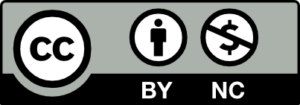Cézanne Photographic
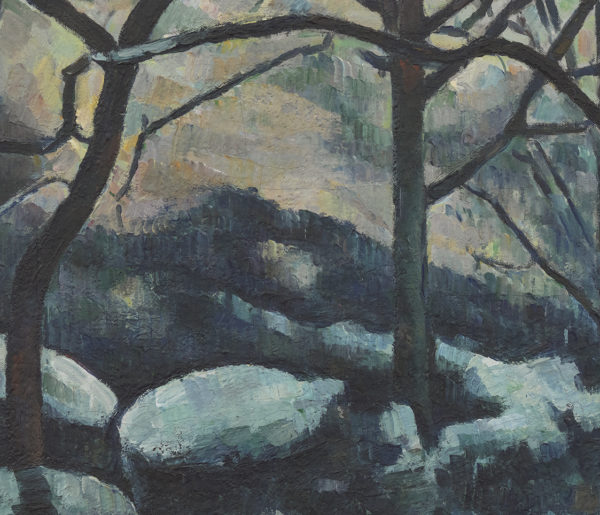
How to represent—or, better, to create—“sensation” in a painting? The challenge was to introduce the experience of external and internal simultaneously. Further complication: the demand would have to be met without losing the active presence of the living artist, that is, without reducing the process to a mechanism. A problem for photography: even when it exhibited blur, it suffered the slur of appearing mechanistic. A satisfying image of nature would need to incorporate, on the one hand, nature’s essential animation, and, on the other hand, the animation associated with the living, sensing being of the artist—the artist as both sensing nature and recording this sensation.
The Medical Portrait: Resisting the Shadow Archive
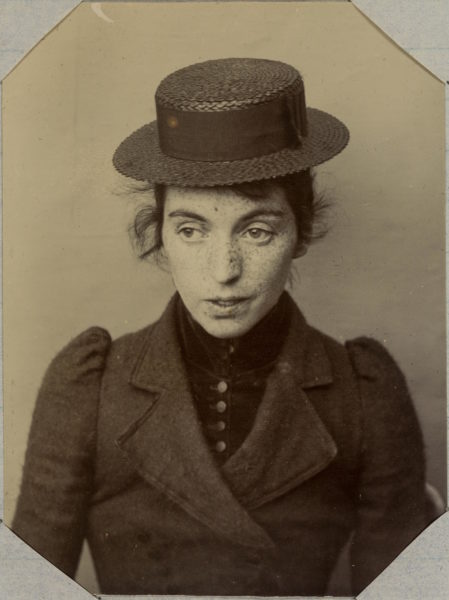
In spite of the historical and ethical difficulties these photographs pose, I would argue that the hesitations are worth overcoming, as the images have a great deal to teach us about the power immanent in the very act of posing for a picture, even when the imagined audience remains unseen. Through the photographs made at the Holloway Sanatorium, a modicum of agency may have been granted to those who were generally presumed to be without it. And thus, even if only for the span of time it took to stage and take the photograph, a highly vulnerable person could resist being reduced to the category of specimen, and could become, instead, a subject.
Secrets of a Mystery Man: Wilhelm Schadow and the Art of Portraiture in Germany, circa 1830

In an age acutely aware that revolutionary upheaval had broken the continuous thread of history, the question of how a modern identity would navigate between the desire for historical continuity and the need for contemporaneity was as crucial as it was painful. After all, even Charles Baudelaire desired to distil the eternal from the transitory, and defined modernity through this gesture. Thus, Schadow’s pictures remind us that the geo-political desire for a German identity intersected with the specific desire undergirding the more general quest for a modern identity.
Gustave Caillebotte’s Interiors: Working Between Leisure and Labor

To extrapolate directly from Caillebotte’s class a certain mindset that forms the hermeneutic ground for reading the economy of his paintings runs the risk of striking a false equivalence between Caillebotte’s structural class position and his imaginary relation to that position as it manifested in his activity. Rather than dispensing with alienation as an analytical category founded on a Marxist critique of modernity while retaining the restrictive class-determinism of Marxian thought, it will be more productive to retain the former and dispense with the latter.
Issue #26: The Nineteenth Century (Part One)

Inside the issue You May Also Like Issue #40: New Views on Modern Architecture at Mid-Century
Issue #25: Authorship/Anti-Authorship: Legal and Aesthetic

Inside the issue You May Also Like Issue #31: Architecture
Never Mind the Pollocks

It might seem idiosyncratic to scrutinize such tiny details in such a large painting: Cathedral’s surface area is eighteen square feet, each dot I have discussed smaller than a dime. Yet my purpose in calling attention to Pollock’s small-scale painterly decisions, the evidence of which he left plainly in sight, is to demonstrate his fastidious concern with the integrity of his surfaces. From the perspective of their studied particularity, limiting the use of “all-over” to describe stylistically the putative uniformity of Pollock’s canvases forecloses the possibility that “all-over” might just as well designate the intentional character of every mark. In Pollock’s automatism, everything matters, at least potentially.
Wrongful Convictions: The Nineteenth-Century Droit d’Auteur and Anti-Authorial Criticism
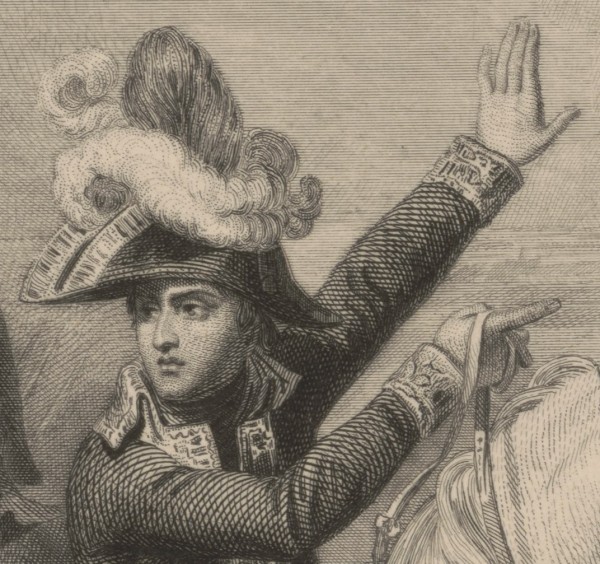
By analyzing the Gros case in relation to nineteenth-century French law concerning the droit d’auteur, this essay offers evidence against one of the central historiographical postulates advanced in anti-authorial criticism: that the displacement of an interest in an author’s meaning onto a reader’s productive activities represents or would have represented a subversive blow to the modern proprietary regime of authorship. More specifically, I will dispute the plausibility of certain supposedly critical alternatives to the author, be they Roland Barthes’s modern scriptor or his emboldened readers, by demonstrating that the criticality of these positions depends upon a mistaken view of what historical authorship entailed and, more tendentiously, by suggesting that these same alternative “authors” had already been furnished with rights of their own.
Hélio Oiticica, Tropical Hyperion
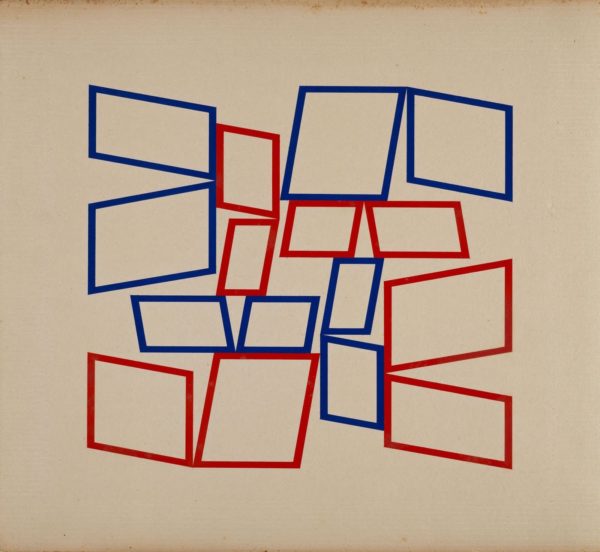
Helio Oiticica’s career tells the story of the democratic leap of art off the wall and into life, out of contemplation and into action and experience, from autonomy to involvement, from elite contemplation to democratic participation, from aesthetics to politics. This narrative, which carries the authority of being the story Oiticica himself wanted to tell at one point in his life, is not false. And yet the truth lies elsewhere: closer to the works themselves and, only apparently paradoxically, in the great political crosscurrents that tore through the Brazilian 1960s.
Reading Art and Objecthood While Thinking about Containers

Fluxus containers, in summary, initiate the beholder (a holding, handling beholder, maybe a tool-being holder in the Heideggerian sense) to explore and take interest in the world. The boxes sensitize the user to a world where the public is overwhelmed and numbed by the excess goods proliferating, literally ad nauseum, in the world and landing in the seconds bins along Canal Street, where Maciunas made use of them as artworks. The kits express a collective obligation (or opportunity) to repurpose the excess manufactured articles of late capitalism.


